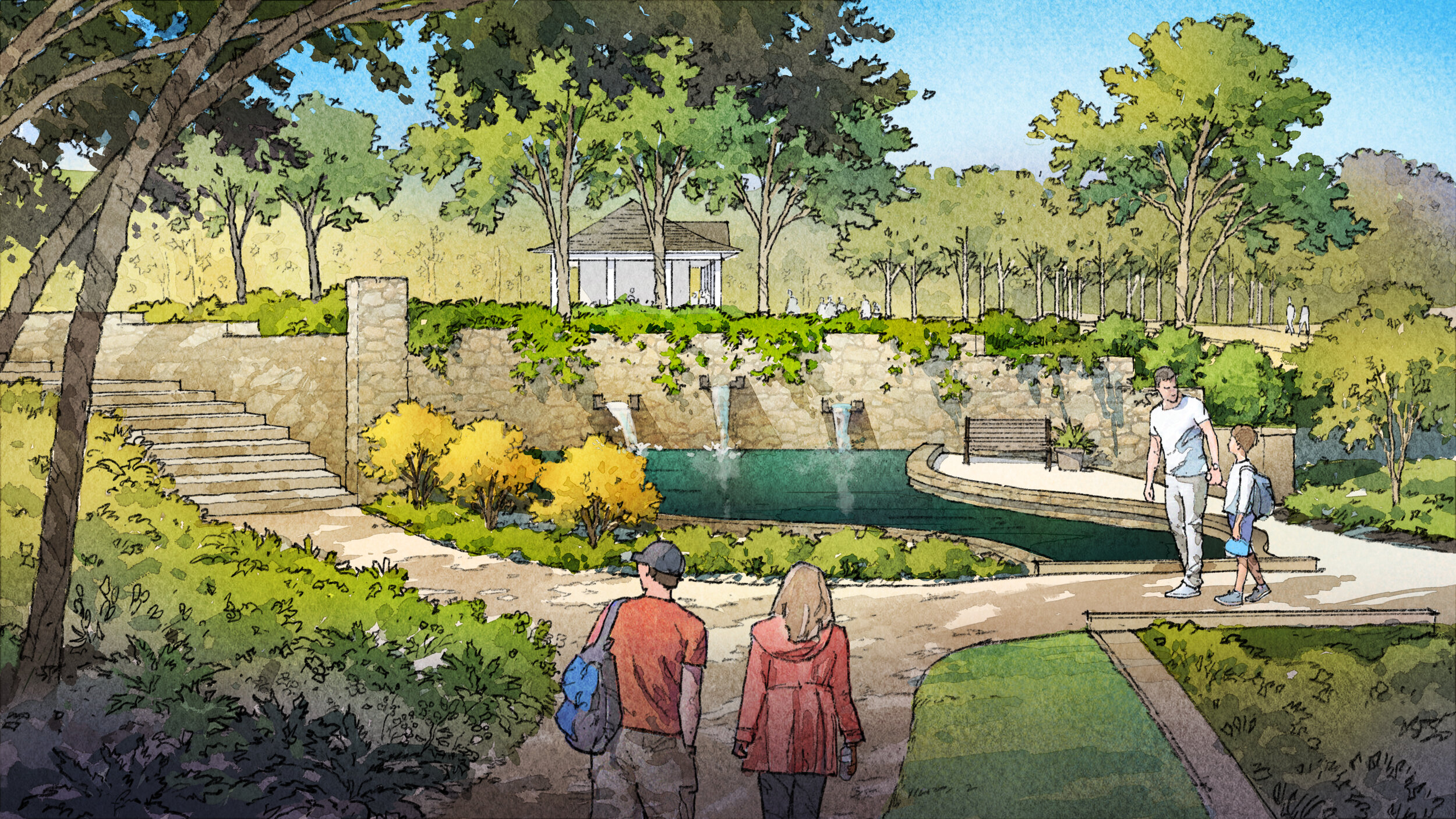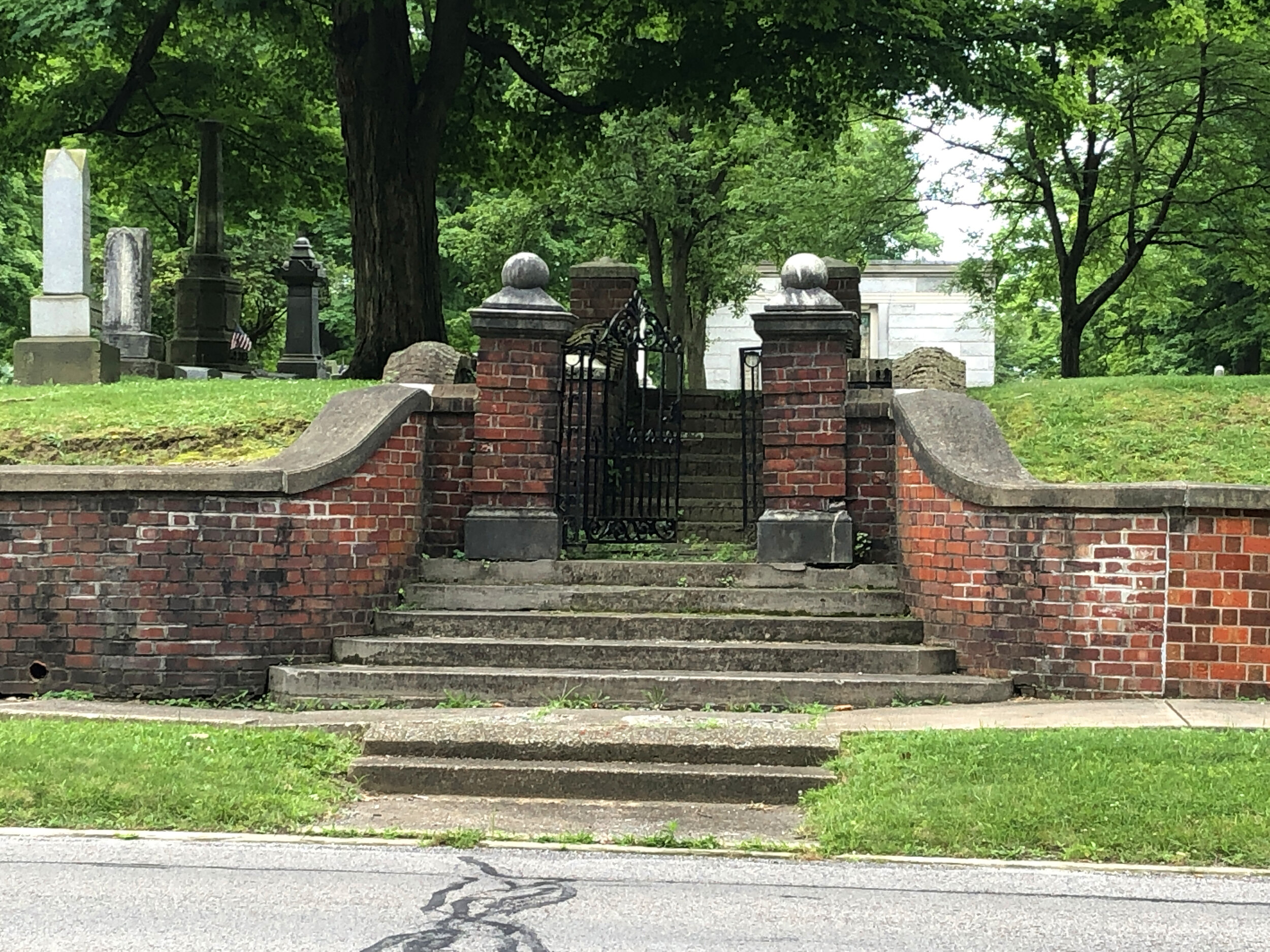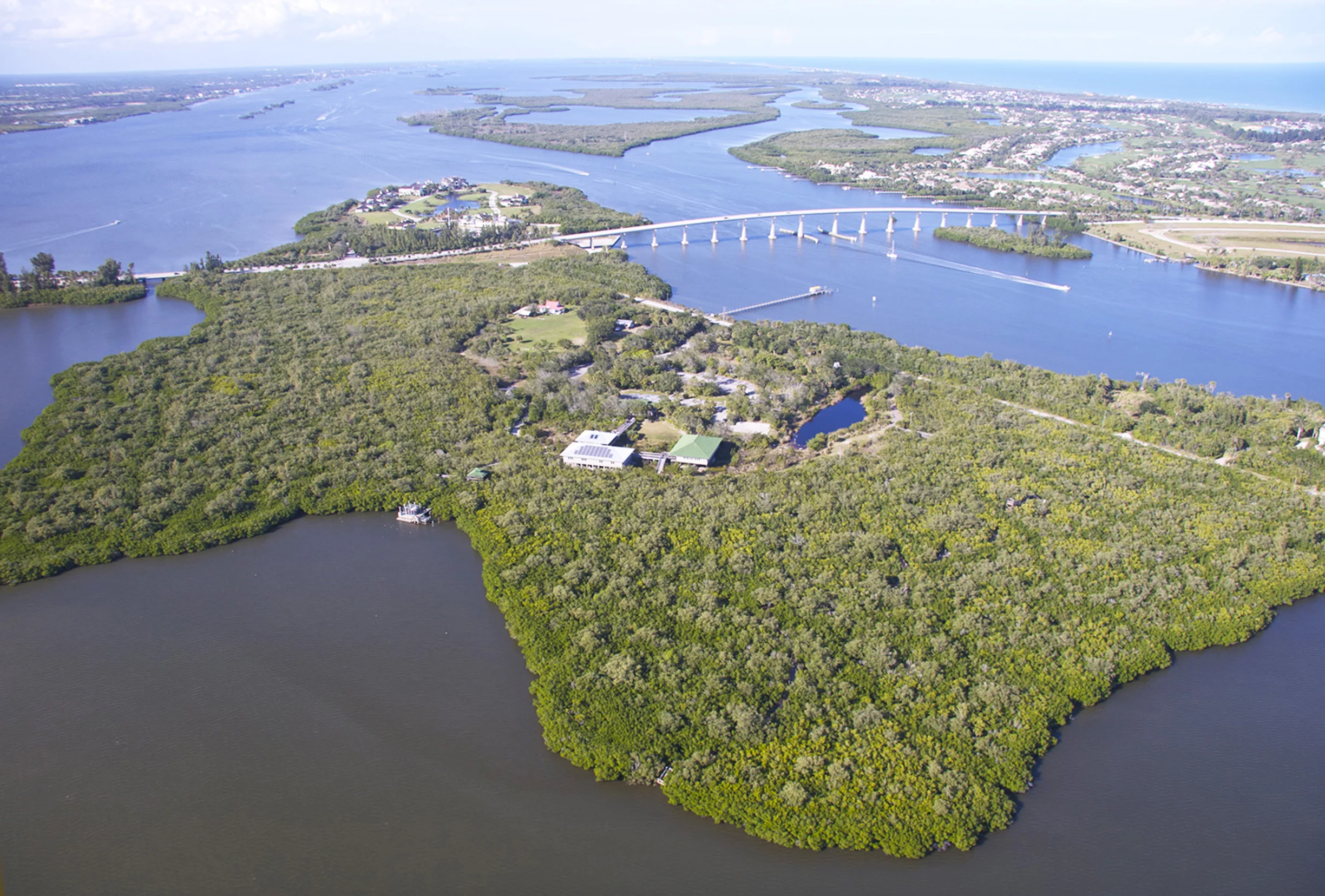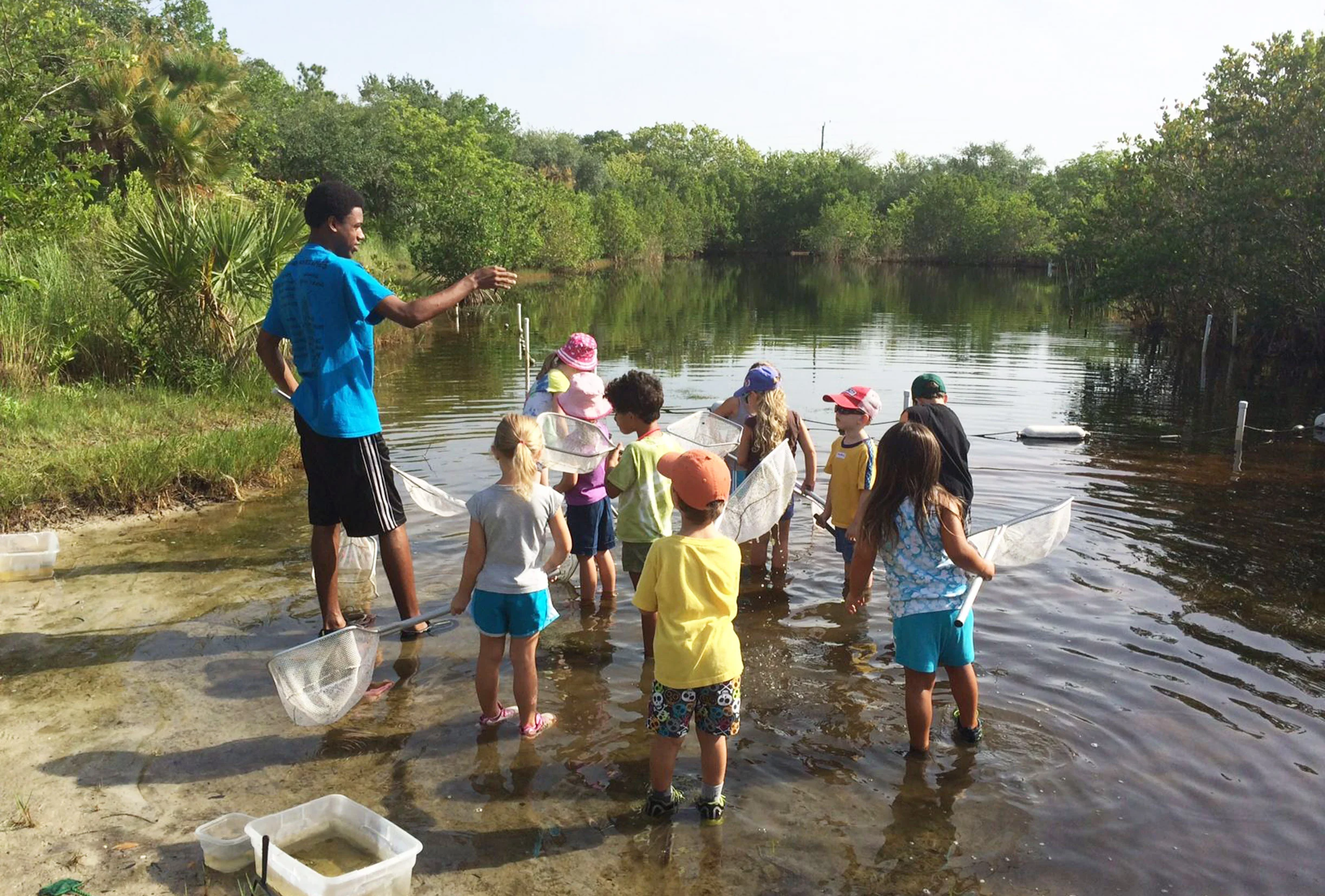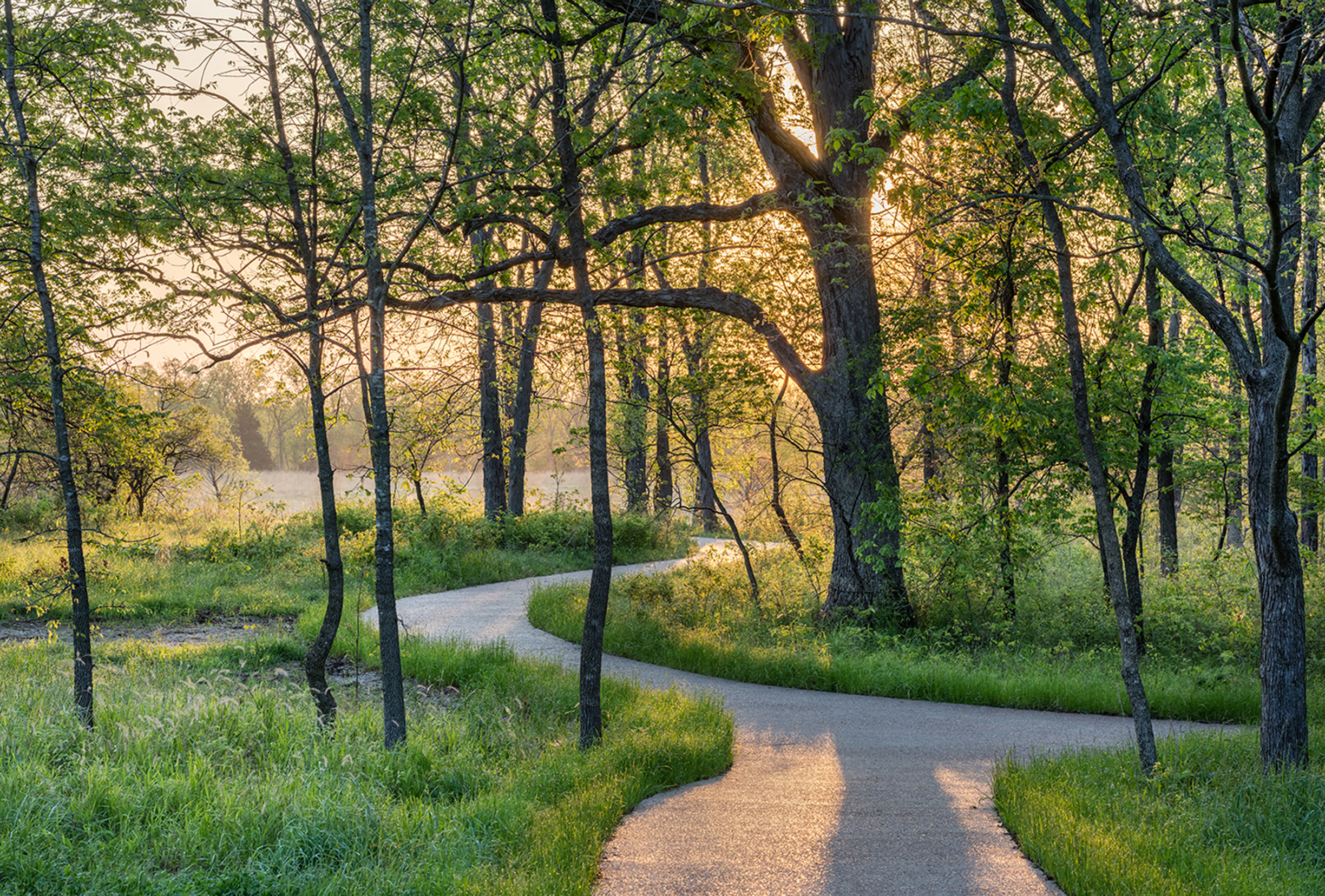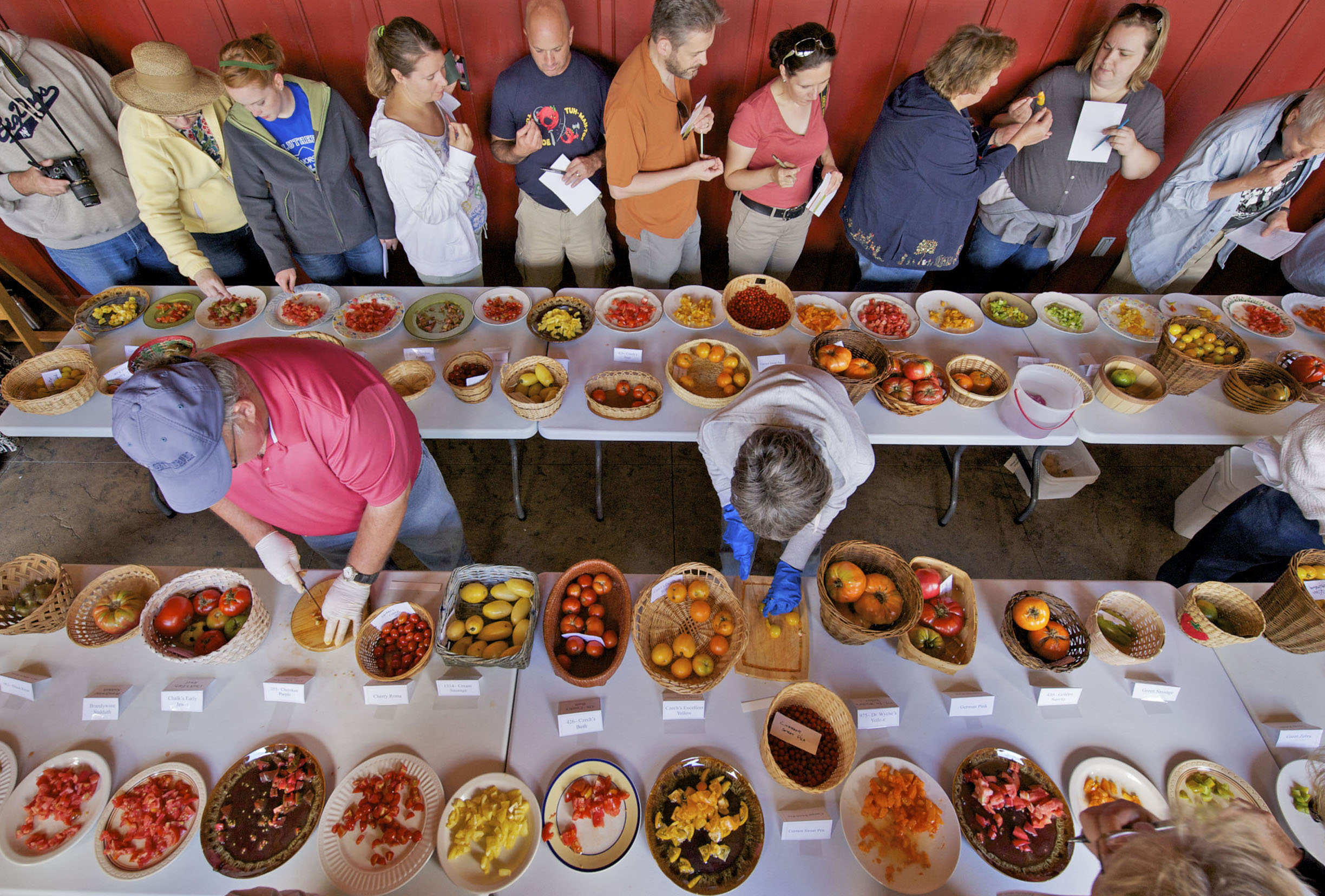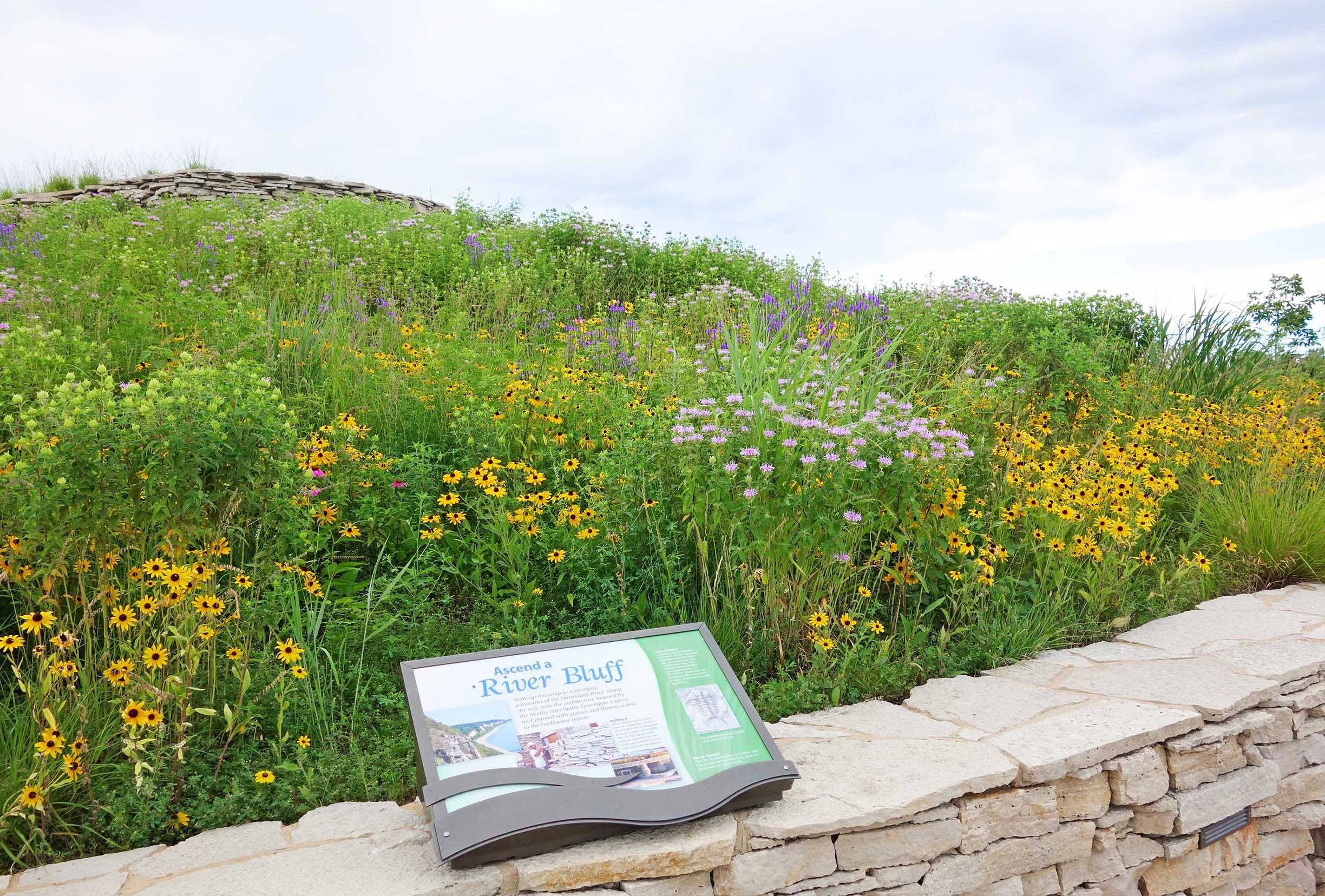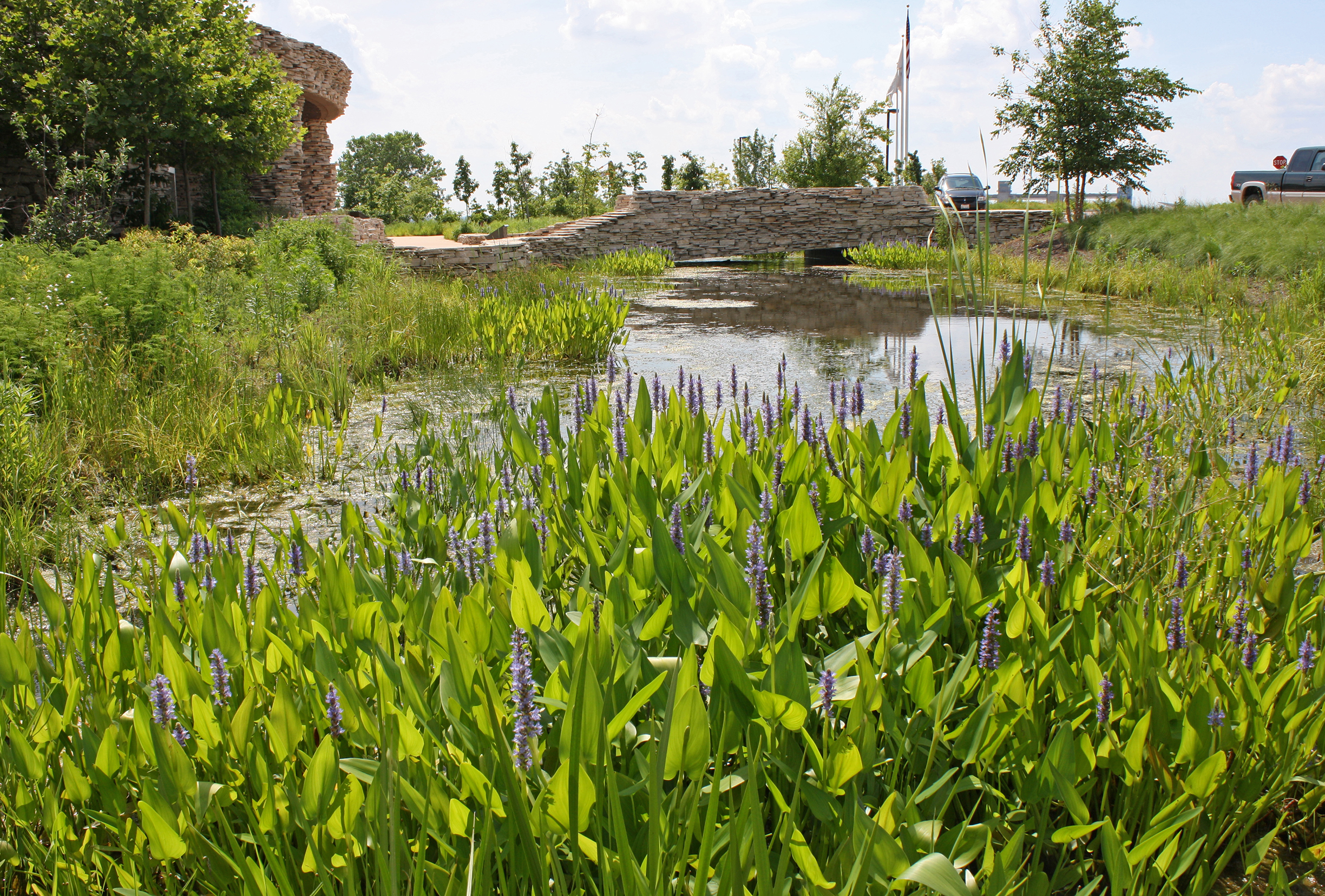Nature & Heritage Gardens
We help nature centers, land trusts, preserves, and living museums remain relevant in the 21st century by carefully infusing diverse experiential layers into the fabric of visitor experience. Discretionary leisure time is fast disappearing, so by “blurring the edges”, our designs bring added and often unexpected value. This may mean adding nature gardens and art to nature centers and animal collections to public gardens. It almost always means establishing a trail hierarchy, intuitive way-finding cues, and authentic interpretive media.
HARVEY S. FIRESTONE RECREATIONAL PARK - Columbiana OH
Harvey Firestone grew up in Columbiana, Ohio and, in 1933, he and his wife, Idabelle, donated a 52-acre parcel of land to the City for use as a place of recreation and social gathering for the citizens of Columbiana. They hired landscape architect Alling DeForest to prepare a Park Master Plan, and in 1935, Harvey S. Firestone Recreational Park opened its gates to the public.
Fast forward 85 years, and the Park remains an important part of the fabric of the City. High school football and baseball games are played here, and the pool is often standing room only. Four beautiful stone pavilions are rented months in advance for family reunions and other celebrations. And large groups of frequent the paths and nature trails. But as is the case with many community parks, Firestone Park’s maintenance budget has not kept up with its needs.
Enter the Restoration and Beautification Committee of Columbiana. This tenacious group of citizens began to fill in the gap by raising funds for Park capital improvement projects. They hired HRG to prepare a master site plan, and subsequently asked Terra to prepare a master landscape plan for the Park. It was important to the R&B Committee, as they call themselves, that the Park regain its dignity and reveal its rich history.
To meet those goals, we created The Legacy Trail – a pathway loop that guides visitors through important chapters in the Park’s history. The ¼ mile Legacy Trail connects beautiful gardens and landscape follies with stories of the Park’s stewards between 1850 to 1935. Stops along the Trail include: The Great Tree Lawn; Idabelle Firestone’s Gathering Place and Gardens; Alling DeForest’s Lilac Stroll Garden; Hanna Homestead Cabin Ruin Garden and Spring Garden; and Harvey S. Firestone’s Overlook .
Terra, along with HRG and horticulture consultant, Keith Kaiser, completed the Master Landscape Plan in 2019 and moved quickly into fully designing the Legacy Trail and its gardens. With the help of Rose Conrad and the local historical society, we also designed the interpretive media. We are readying for the grand opening in the spring of 2022!
Second Rendering by: Zanetta Illustration - www.zanettaillustrataion.com
ENVIRONMENTAL LEARNING CENTER - Vero Beach FL
The Environmental Learning Center (ELC) is located approximately one mile from the Atlantic Ocean on the Indian River Lagoon. The Lagoon is considered to be the most diverse estuary in North America, and ELC proudly stewards 64-acres of land surrounded on three sides by its waters. ELC’s location, its unwavering commitment to blending environmental education, science, and human and environmental health, and its ability to offer authentic and diverse nature experiences for all ages represent a few of its regional competitive advantages.
Terra led the master planning team, which includes PNF Architecture & Design and bARC Architecture; environmental consultant, David Cox Consulting; civil engineering firm, KMA Vero Beach; and strategic planning firm, EMD Consulting Group. The master plan aims to not only support ELC's mission and serve target audiences in a distinctive and exemplary fashion but to improve its fiscal sustainability as a cultural institution.
The master plan honors mission, diversifies audiences, and strengthens ELC’s bottom line by building distinctiveness in every step, defining key iconic features, focusing on authentic experience and high quality design, and providing exceptional experiences that protect its reputation as a haven for respite.
A three-story iconic Interpretive Center, complete with a living and interactive mangrove exhibit, aquariums, bromeliad water wall and sunken maritime hammock garden, is a key element of the master plan. Upon exiting the Center, visitors explore the Water-wise Cascades display garden; Canopy Walk; Native Plant Gallery; Family Garden; Butterfly Screen House and Pollinator Garden; and the Lagoon Loop, a ¼ mile elevated glass-bottomed walk over the Indian River Lagoon – perfect for manatee and dolphin viewing!
The ELC and Foundation Boards approved the master plan in 2018 and are implementing its first phase.
Third rendering by: Depiction, LLC - https://www.depictionillustration.com/
PRAIRIE GARDEN TRUST - New Bloomfield MO
Prairie Garden Trust (PGT) is the brainchild of Henry and Lorna Domke, present stewards who have labored to artfully restore multiple habitats across their property. Terra Design Studios was invited to create a master plan to prepare the site to welcome public visitors. Expecting to see restored prairie, we quickly discovered that PGT is much, much more. In addition to over 100 acres of prairie, there are oak-hickory forests, savanna edges, and an amazing collection of dramatic geologic formations cloaked in an equally stunning array of mosses and lichens.
Terra spent days on the site with Henry and Lorna and met with other stakeholders to develop a master plan that gives shape to their vision. The plan carefully choreographs visitor arrival sequences and views, suggesting a new entrance drive and parking arrangements. Horticulturally-rich nature gardens near the visitor center offer preview vignettes of what lies ahead on Lorna’s Loop, a mile of winding trail that links signature ecosystems and focal points on the upper plateau. Designed “natural” thresholds cue visitors that the regime is changing; themed shade structures and interpretive moments offer comfort along the way while focusing attention on compelling aspects of the journey. Miles of secondary trails are organized and named to guide visitors through PGT’s rigorous slopes and lowlands, leading them to such destinations as Hiller’s Creek, Blue Heron Rookery, and Toad Bottom Flats.
SEED SAVERS EXCHANGE - Decorah IA
Seed Savers Exchange (SSE) selected Terra from a national pool of candidates to prepare a Site and Interpretive Master Plan for Heritage Farm in 2013. Terra led the Design Team of interpretive planner Jenny Rigby of The Acorn Group and horticulturist and ecologist Alan Branhagen, and collaborated with Iowa State University students who had prepared the existing conditions and site analysis documents.
SSE’s primary interests were to educate the public about the science they perform, compel visitors to save their own seeds, and to develop sites in a manner that does not impact the sensitive ecosystems on their property. Making seed preservation science “approachable” to visitors became a major focus of the Master Plan.
A Seed Preservation Center will house the preservation department, introduce “science-in-action” to the visiting public, and be an iconic symbol of SSE’s international brand. In addition to the 160-acre Heritage Farm, SSE maintains 800 acres of native oak-hickory forest, maple-basswood forest, tall grass prairie, and floodplain forests - Twin Valleys - in a federal conservation easement. The native ecosystems of Twin Valleys are open to the public for outdoor recreation and are critical to Heritage Farm’s sustainable, closed loop agriculture by providing habitat for birds, bees, and beneficial insects.
NATIONAL GREAT RIVERS RESEARCH & EDUCATION CENTER (NGRREC) - Alton IL
Strategically located at the confluence of the Illinois, Missouri, and Mississippi Rivers, the National Great Rivers Research and Education (NGRREC) Confluence Field Station is a one-of-a-kind scientific research, living laboratory, museum, and public education facility dedicated to the interconnectedness of large rivers, their floodplains, watersheds, and their associated communities.
Terra Design Studios, along with AAIC (architecture), Sheppard, Morgan & Schwaab (civil engineers), and NGRREC terrestrial scientists, closely collaborated on the design of the field station, using NGRREC’s mission and core values as a guide for design decisions that ultimately: lead to a high degree of integration between the building and the river natural landscape; provided extensive ecological restoration of a previously degraded site; and, improved visual access to the Mississippi River from the adjacent Madison County Transit Confluence Trail. Key features of the Confluence Field Station include pre-European settlement re-creations of seven endemic regional plant ecologies across two-acres of the site (including the rare and threatened Sand Hill/Bluff Prairie), a ¾ acre extensive green roof with a rooftop patio overlooking the river, the iconic Clark Bridge, and the ¼-mile long Confluence Way river-access driveway and parking area that is surfaced with pervious pavers - the first-ever such road project funded by the Illinois Department of Transportation.
Dedicated in 2010, and awarded LEED Gold Certification in 2015, the field station serves as a model of green construction, with minimal environmental impact, integrated renewable energy systems, and internal recycling systems. Architecture and the site and surrounding landscapes work together to provide arenas for meaningful research, while inviting the general public to become inspired by the signature ecosystems of southwestern Illinois.


